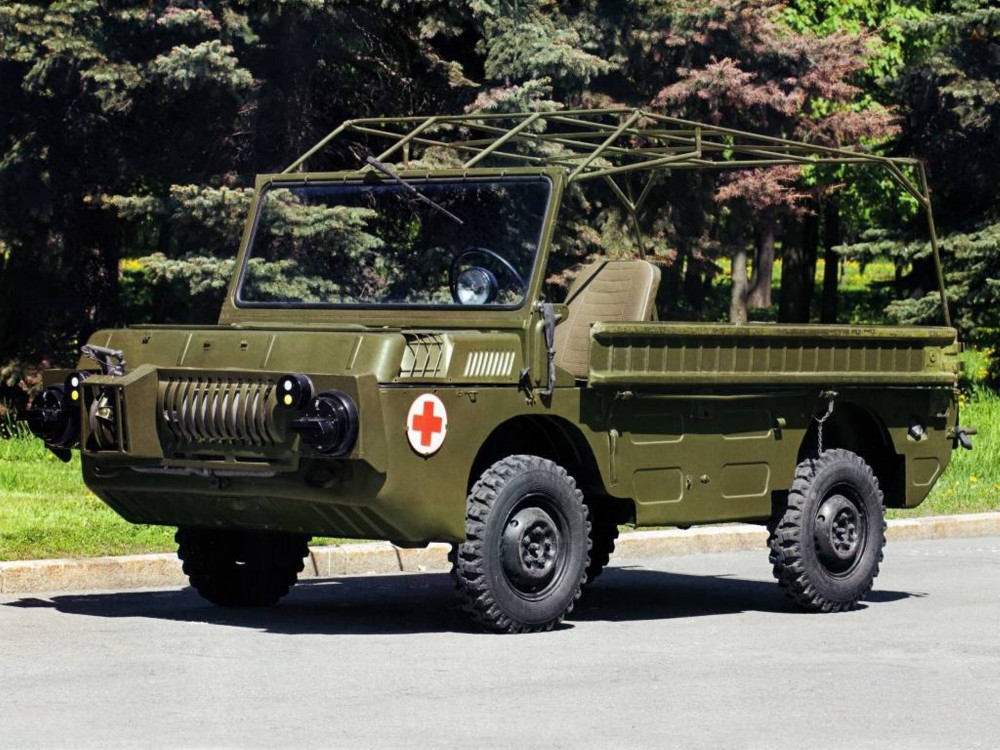
The paper based on a source analysis of the history of creation, design, and production of LuAZ-967, LuAZ-967M, against the background of the processes of implementing projects of small tactical high mobility wheeled vehicles for the armies of European countries, shows that the developing, testing, and commissioning a front line transporter became a deepening of the process of motorization of the Soviet army. The designs of similar vehicles have been analyzed. An attempt to assess the degree of uniqueness of the front line transporter design and its place in the history of technology, as well as its potential as a reminder of science and technology has been made. The experience of using various civilian and military vehicles in the army required the creation of a special small transporter. In each of the countries, developing their designs, embodying new original or time-tested ideas, ones developed vehicles both for the army and for separate armed forced formations. Features of the automotive industry of the countries were reflected in the design of army vehicles. The works and operation Volkswagen Type 82, Volkswagen Schwimmer Type 166, DKW Munga, Volkswagen Type 181 in the armed forced formations in Germany had a significant impact on the spread of the concept of an army small transporter. In France, production of a licensed sample of Willys and the original Citroën Méhari was launched. The Steyr-Daimler-Puch vehicle (Austria) has become one of the most original, successful developments of a small transporter for difficult operating conditions. The development of a front line transporter in the USSR fully corresponded to the challenges of the time and it was carried out through similar stages. The first transporter projects developed by the Scientific Automotive Institute used heavy motorcycle engines mastered in production. It was the lack of the necessary engine for the vehicle that was the main reason for the long proof of the project. Only after the involvement of the designers of the automobile plant in Zaporizhzhia and the installation of units of the mass-produced ZAZ vehicle in the transporter made it possible to prove the design and to master small-scale production. The use of the most powerful engine of a production vehicle, which would correspond to the concept of a small army vehicle, had enabled to master mass production for the army and the development of vehicles for the civilian market. An analysis of the front line transporter design, its systems, compared with its foreign counterparts, suggests that it is a Soviet refinement of the concept of a small army vehicle, a more specific means directly for the battlefield. At the same time, it was developed taking into account foreign developments and similar designs, imitating individual designs, adapting to the capabilities of the USSR automotive industry.
Source: Luparenko H. (2022). The front line transporter as the embodiment of the USSR military doctrine in the middle of the 20th century. History of Science and Technology. 12(1): 114-132
Source web-site: https://www.hst-journal.com/index.php/hst/article/view/515/388
Number of views: 1399